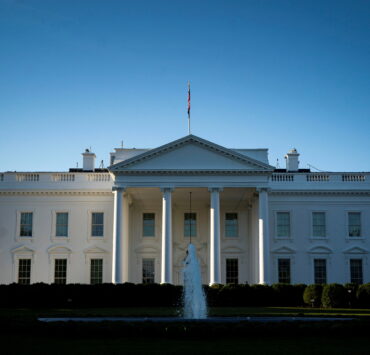Tariffs and the Philippine economy

The sweeping new tariffs unilaterally imposed by the United States earlier this month—ranging from 10 to 50 percent—have raised serious concerns about a potential global trade war, the resurgence of protectionism, and the threat of a worldwide recession. These new levies push the average US tariff rate to levels not seen since the Smoot-Hawley Tariff Act of 1930.
The determination of these so-called “reciprocal tariffs” is unconventional. It begins by calculating a country’s trade surplus with the US (exports minus imports) as a proportion of its exports to the US. That figure is then halved to arrive at the new tariff rate, with a minimum threshold of 10 percent.
We will not delve into the controversy over the economic soundness of this methodology or the motivations and goals behind these tariffs. Instead, we focus on their implications for Asian economies—particularly the Philippines.
According to this formula, the highest tariffs were imposed on goods from Cambodia (49 percent), Vietnam (46 percent), Bangladesh (37 percent), Thailand (36 percent), China (34 percent), and Indonesia (32 percent). The tariff for India, another big economy, was 26 percent. The Philippines faces a 17-percent tariff—the second lowest among Asean nations after Singapore’s 10 percent.
China responded by imposing an equivalent 34 percent tariff on all US imports. As of this writing, similar retaliatory moves are being considered by the European Union and Canada. Smaller exporters to the US, meanwhile, have either remained quiet or begun seeking negotiations. The Trump administration has signaled its intention to stay the course.
It is this combination of sharp tariff shocks and uncertainty about future responses—from both trading partners and the US itself—that is fueling global economic volatility and fears of a downturn.
History teaches us that escalating tariffs and unchecked protectionism lead to inefficient markets and diminished welfare, both domestically and globally. Over the past 50 years, the rules-based multilateral trading system has gradually reduced tariffs, reined in trade-distorting nontariff measures, and fostered a stable global trade environment. This system has underpinned strong growth in trade, investment, and technology flows—driving innovation, job creation, and prosperity in Asia and beyond, including the US. Notably, economies with efficient governance and sound institutions have benefited the most.
At first glance, one might assume that the 17 percent tariff would severely harm Philippine exports. After all, this comes on top of an existing US tariff of 2.5 percent. But the situation is more nuanced.
Because Philippine exports now face lower tariffs compared to goods from many competitors, the country could become a more attractive source for US imports. This potential “trade diversion” could benefit the Philippines—especially if it has the production capacity to meet increased demand.
Current estimates indicate that in the absence of retaliation, the impact of the reciprocal tariffs on the Philippine economy is likely small, averaging less than one percent of the country’s gross domestic product (GDP). This limited impact is attributable to the Philippines’ relatively small export volume to the US, which accounts for only 2.6 percent of GDP, compared to Vietnam’s 25 percent, Thailand’s 10 percent, and Malaysia’s 10 percent. Additionally, production capacity constraints further limit this impact.
The responses of other countries to the new tariffs will significantly influence the Philippines’ relative position. If others are able to negotiate more favorable tariff rates than the 17 percent applied to the Philippines, any trade diversion advantage may evaporate. The broader impact on the Philippine economy remains uncertain, as global tariff shifts will affect demand for its exports across all trading partners.
For small economies with limited influence in the global marketplace, the most effective response to tariff shocks is often not retaliation, but coordinated negotiation. By joining forces with similarly positioned countries, they can amplify their collective voice and improve their chances of being heard. Divided, they may carry little weight in the strategic calculations of an economic superpower. Such a coordinated approach, for example, may hold particular merit for Asean member countries.
Given the volatile trade environment, complacency is not an option. The government and private sector must work more closely than ever to improve the country’s investment climate and global competitiveness. Sustained improvements in productivity and product quality are essential for success in the global marketplace—regardless of tariff conditions.
The country must ensure that its response to tariff shocks upholds sound economic fundamentals, supporting its long-term goals of sustainable growth and social inclusion.
Views are the author’s and do not necessarily represent those of the institutions with which he is affiliated.


















Empowering Asean women entrepreneurs